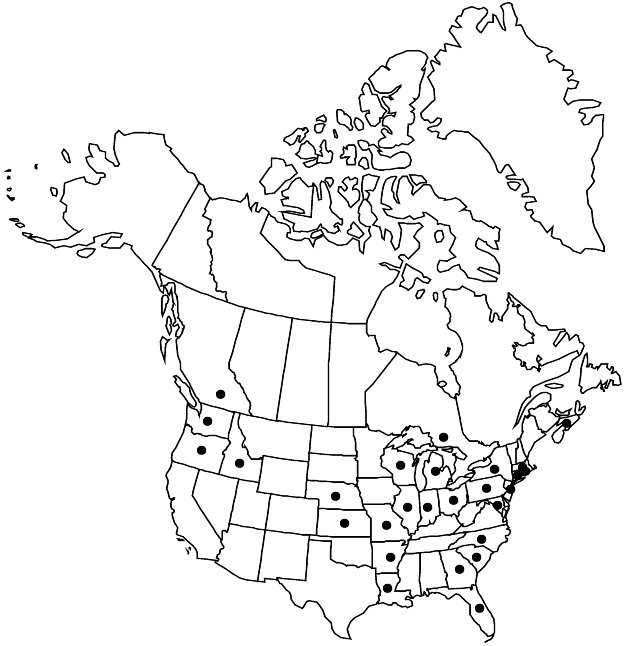Difference between revisions of "Cerastium semidecandrum"
Sp. Pl. 1: 438. 1753.
FNA>Volume Importer |
FNA>Volume Importer |
||
| Line 49: | Line 49: | ||
|publication year=1753 | |publication year=1753 | ||
|special status= | |special status= | ||
| − | |source xml=https://jpend@bitbucket.org/aafc-mbb/fna-data-curation.git/src/ | + | |source xml=https://jpend@bitbucket.org/aafc-mbb/fna-data-curation.git/src/f6b125a955440c0872999024f038d74684f65921/coarse_grained_fna_xml/V5/V5_186.xml |
|subfamily=Caryophyllaceae subfam. Alsinoideae | |subfamily=Caryophyllaceae subfam. Alsinoideae | ||
|genus=Cerastium | |genus=Cerastium | ||
Revision as of 20:07, 24 September 2019
Plants annual, with slender taproot. Stems erect or ascending, branching at base, 1–20 cm, viscid, covered with short, dense, glandular and eglandular hairs; short axillary tufts of leaves absent. Leaves not marcescent, sessile but proximal leaves often spatulate; blade 5–18 × 2–5 mm, covered with short, white hairs; basal leaves with blade narrowly oblanceolate and ± spatulate, apex obtuse; cauline with blades ovate to elliptic-oblong, apex obtuse to acute. Inflorescences open, 3–30-flowered cymes; bracts lanceolate, with broad, scarious margins, glandular-pubescent. Pedicels curved at apex, often sharply angled at base, 3–8(–12) mm, 1–3 times as long as capsule, densely glandular-pubescent and viscid. Flowers: sepals narrowly lanceolate, 3–5 mm, margins broad, apex acute, glandular-pubescent; petals with unbranched veins, oblanceolate, 2–3 mm, shorter than sepals, apex notched; stamens 5; styles 5. Capsules cylindric, slightly curved, 4.5–6.5 mm, 1.5–2 times as long as sepals; teeth 10, erect, margins convolute. Seeds pale yellowish brown, 0.4–0.6 mm, finely tuberculate; testa not inflated. 2n = 36.
Phenology: Flowering spring.
Habitat: Common weed in dry, sandy, and gravelly places, roadsides and footpaths, parking lots, dunes
Elevation: 0-300 m
Distribution

B.C., N.S., Ont., Ark., Conn., Fla., Ga., Idaho, Ill., Ind., Kans., La., Md., Mass., Mich., Mo., Nebr., N.J., N.Y., N.C., Ohio, Oreg., Pa., R.I., S.C., Wash., Wis., Eurasia.
Discussion
The very broad, scarious margins of the sepals and bracts distinguish this small, ephemeral species.
Selected References
None.